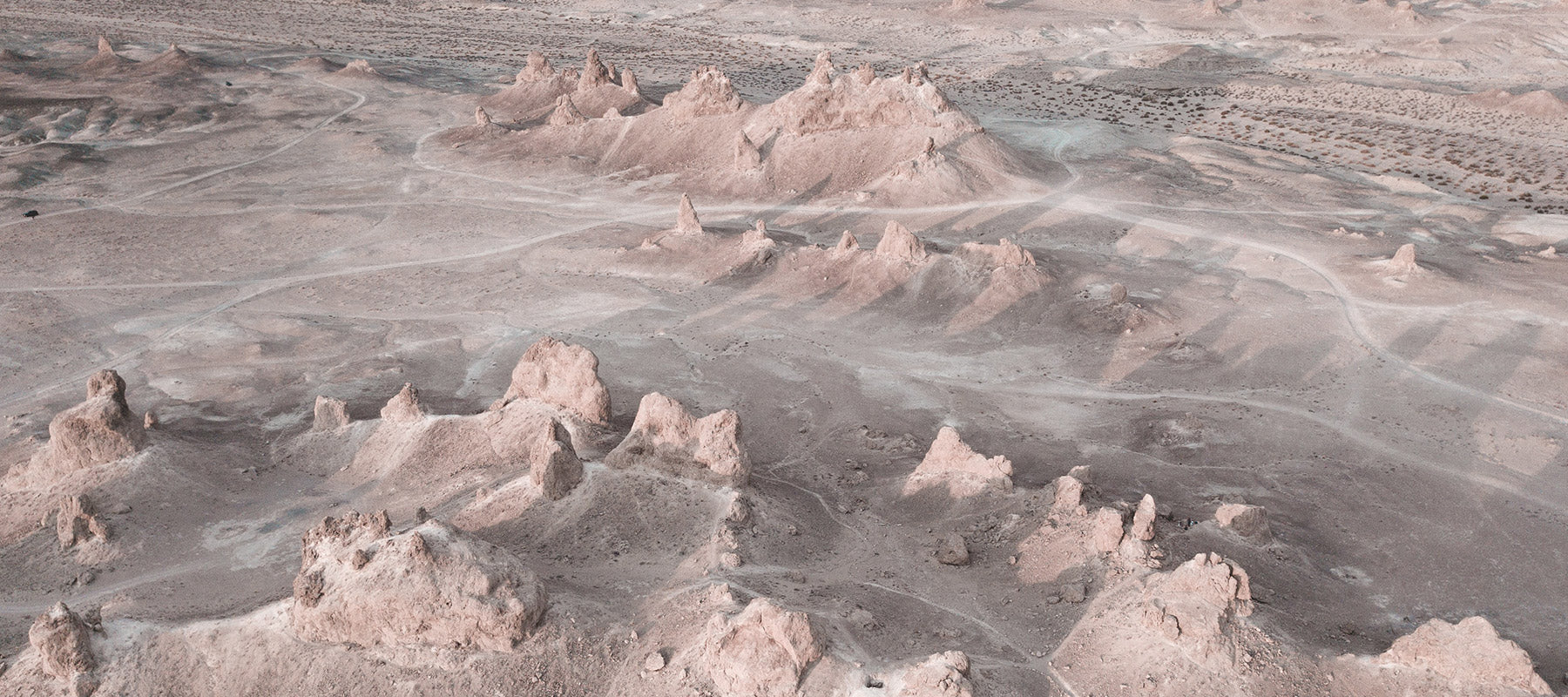Free Shipping Over $50. Learn More
Free Shipping Over $50. Learn More

Hectorite is a mineral clay. It is actually fairly rare in the world. Despite this, one mine in the world sits above a large hectorite mineral deposit. This mine is in the Cady Mountains in San Bernardino, California. It is aptly named the Hectorite Bentonite Mine No 1. Hectorite is also found in Arizona, Nevada, Morocco, France and Turkey.
This clay contains a large amount of silicon and oxygen which makes silicates. There are actually quite a few clays that are used in cosmetics because of their silicates. Most commonly hectorite is chosen to use because it is natural and it makes the texture of cosmetics feel smooth. However, hectorite is a great absorber and purifier. It is amazing for purifying your skin as well and leaving it clear.
Hectorite is described most often as a white, somewhat greasy clay. However, this is the characteristics of the clay found in California. Around the world, hectorite can range from white to brown, depending on the minerals found around it.
Now, as we are going to talk about hectorite as a mineral. We first need to note where minerals are found (in the ground) and that most minerals actually have very long names, even though they are naturally occuring. Many clays and minerals are also deposited based on geologic activity such as volcanoes.
Hectorite is always found with a bentonite (type of volcanic ash) deposit. This is because hectorite is an alteration of clinoptilolite. Clinoptilolite, which sounds long, is a type of volcanic glass in tuff (rock made from volcanic ash). When there is hot spring activity in the area, the clinoptilolite is transformed into clay and the minerals and water in the hot springs transform it into hectorite. Yay, science!
Simply, a volcano explodes depositing bentonite and clinoptilolite, hot springs occur in the area much later and boom, you have hectorite. So, to get hectorite, you not only need deposits from volcanic activity, but you need hot spring activity. These two things together as the reason that this clay is very rare on the planet.
Choosing A Reef Safe Sunscreen